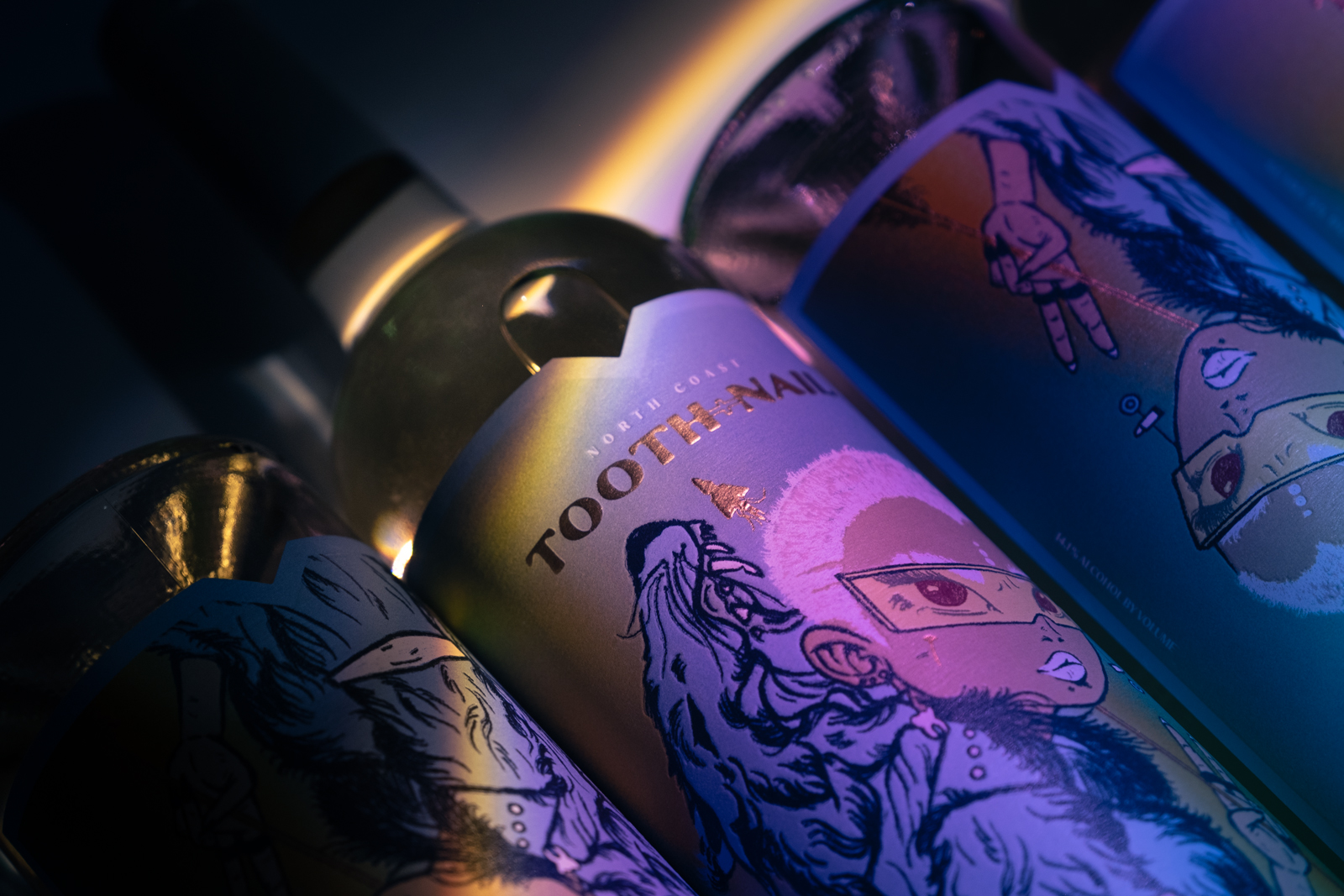Excerpt from the forthcoming book, The Bullhearted Brand: Building bullish brands that charge ahead.
Positioning is not a new concept and many books have been written on the topic. The most famous and well-respected book is arguably Positioning: The Battle for your Mind. In that book, the duo of Al Ries and Jack Trout define positioning as “an organized system for finding a window in the mind. It is based on the concept that communication can only take place at the right time and under the right circumstances.”
Their theory still holds true but it has gotten exponentially more complex as the complexity of humans has advanced so far. Think about it. At the advent of television and throughout its first few decades, programs were simple 30-minute spurts of entertainment found on one of three available channels. The programs’ stories began and ended within that 30-minute window except for the notable “to be continued…” double episode formats. And for a while, that worked.
As time marched on, people became more complex and demanded more from entertainment. Movies became available to watch at home. The core three networks were joined by other channels the homed in on categories and niche entertainment topics. This expansion continues today where we have actually shifted into a new paradigm where people are empowered to be selective of not only which channels they watch, but the ones they choose to subscribe to. We have come so far as a species and society that we’ve realized an awesome level of customized selection that’s tailored quite closely to who we are and who we want to be. And entertainment isn’t the only arena where this expansion of choice has been experienced and realized.
To date, there are nearly 100 models of automobiles manufactured in the United States. A simple stroll through a supermarket will see one bombarded by brands and products from monkfruit sweetener to kumquats, all with private label alternatives. If that’s not enough, imagine the vast array of items for sale on websites like Amazon and Wayfair. Suffice to say, we have options for everything but why?
We have options because as a species and society we have advanced our thinking and societal representation needs to levels beyond imagination. We’re connected with others from around the world and down the street at the tap of an app button and with that connectivity comes the need to separate oneself from the pack. The need for individualism is as strong as the need for collectivism. More accurately, there exists a need in individuals to simultaneously feel connected and unique within a collective. We all want to feel included in groups, but unique within them. And that’s the core of why positioning is effective and still matters.
In the Industrial era, a company simply needed to throw up a name on a shingle, and boom, you’re in business. During this era, you’d see very utilitarian company names like The Ford Motor Company or Grandma Betty’s Biscuit Powder. The approach to advertising was based on features and benefits. Good product at a good price was the key to success.
Fast forward to today and things have drastically shifted. Today, that setup isn’t enough to succeed. In fact, “good price” is relatively irrelevant. I mean, you can buy a purse for $30,000USD, and it carries the same stuff just as well as a purse that comes at a more approachable price point. So, what’s the magic sauce then? In one word, positioning.
Positioning in today’s reality is a mix of multiple brand components, price and product being one of them. A brand’s offering consists of a purpose, personality, product and how it presents itself to the world in a way that’s positioned to uniquely and effectively attract a core patron. It’s not enough to have a good product or a mix of good product, good service, at a good price. People demand more substance and more attributes that help them categorize the brand in their life that’s jammed with millions of brands and messages.
Therefore, positioning, when done correctly, places the brand in the mind of the consumer with nuances and details that serve as “tags.” That information manifests in definitive statements and/or beliefs: “This brand is for people like me” or “this brand is not for people like me.” Your brand will have people in both camps, and that’s okay.
Each of us is bombarded every day with brands and messages vying for attention. The options on every shelf are plentiful which has resulted in a need for clear points of differentiation on multiple levels beyond utilitarian checkboxes. Now, more than ever before, positioning is absolutely critical to effective brand strategy and communications.






